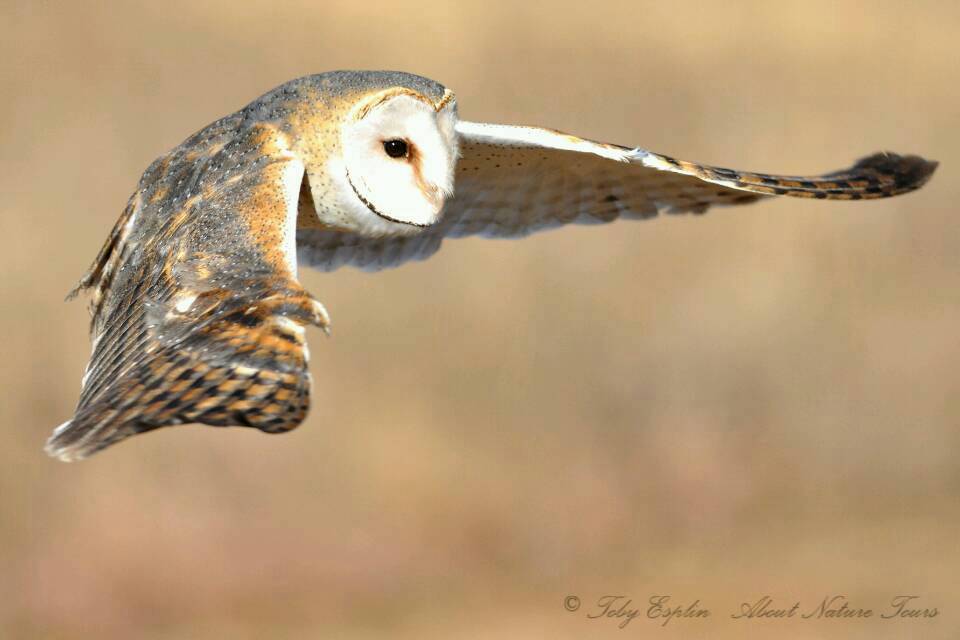With the assistance of a large facial disc that channels sound waves to the asymmetrically placed ear drums, the Barn Owl (Tyto alba) is able to locate prey in even such dense vegetation as a clump of grass or under a layer of snow.
Barn Owl’s have the widest worldwide distribution of all Owls, and are an important species that can help to naturally control rodent populations in farmlands and cities, with an average diet consisting of 5 to 7 mice per night.
While Barn Owls are not threatened globally, the use of poisons for the control of rodents can have detrimental effects on local populations. You can help by resorting to the use of traps instead of poisons or by encouraging the presence of Owls in your garden with the installation of breeding boxes. Relatively cheap and easy to build, they can be constructed from recycled timbers that you have in the shed. If you’re interested in placing an Owl box in your environment, plans can be readily found on google…


Recent Comments